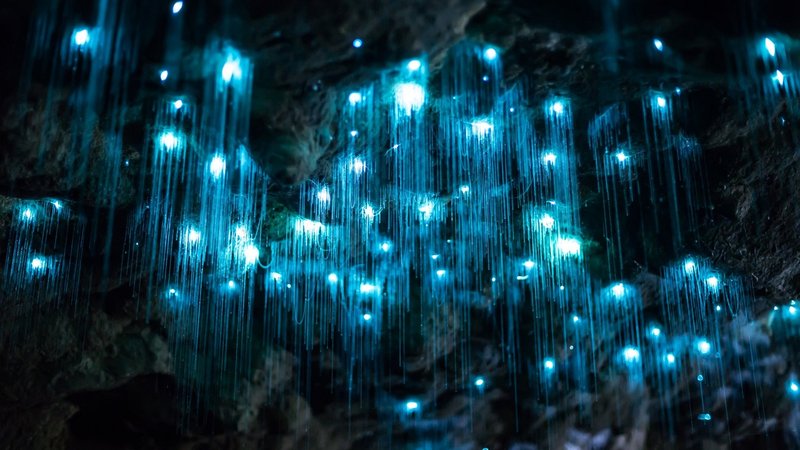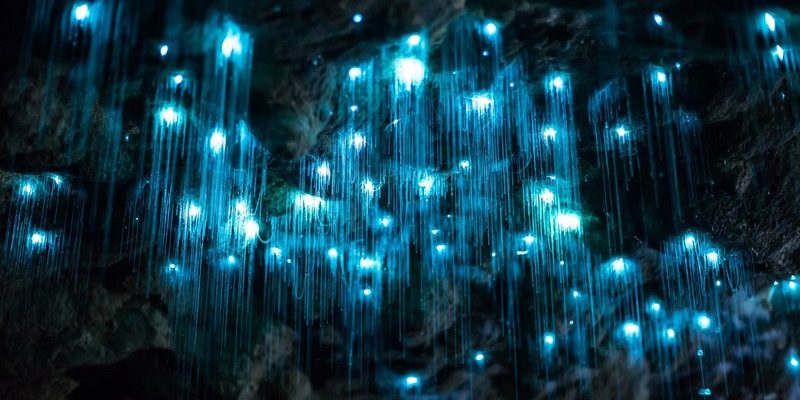
Glow worms, specifically the *Lampyridae* family, are not only stunning to look at but also play an important role in their ecosystems. Yet, their attraction to artificial light is a curious behavior that raises questions about their survival and natural instincts. In this article, we’ll dive deep into the science behind this phenomenon, exploring the reasons why glow worms are lured to artificial light and what it means for their future.
What Are Glow Worms?
Glow worms aren’t actually worms; they’re the larvae of beetles. Most notably, we often refer to the larvae of the firefly or lightning bug as glow worms. These creatures emit light through a chemical reaction called bioluminescence, which serves a few purposes, such as attracting mates or luring in prey. Imagine being able to glow in the dark; it’s both beautiful and incredibly functional!
In their natural habitat, glow worms use their glow to attract insects, which they then trap in sticky silk threads. This process is pretty fascinating and shows just how deftly these tiny creatures have adapted to their environments. These larvae thrive in damp, dark areas like caves or secluded spots in forests. Think of it as their own little nighttime restaurant, beautifully lit by their bioluminescent glow.
However, when it comes to artificial light, things start to get tricky. You might be wondering how these creatures react to man-made lights that barely resemble the natural ones they’re used to.
Why Are Glow Worms Attracted to Artificial Light?
The main reason glow worms are attracted to artificial light is rooted in instinct. In their quest for food, glow worms look for sources of light that mimic their natural surroundings. When they encounter artificial lights, they often misinterpret these as signals for finding mates or prey. This misunderstanding can be detrimental, leading them away from their natural habitats and making them vulnerable to predators.
Think about it this way: if you were starving in the dark and suddenly saw a bright light, your instinct would be to head toward it. That’s much like what these glow worms experience. They see the light and assume it will lead them to safety or sustenance.
It’s not just a simple attraction, though; it’s a complex interplay between their natural instincts and the overwhelming influence of artificial illumination. So, what does this mean for their behavior? It’s a fascinating area that scientists are still exploring.
The Impact of Artificial Light on Glow Worms
The influx of artificial light into natural environments is affecting glow worms in several ways. First off, the presence of bright lights can lead to disrupted mating behaviors. Since glow worms rely on their glow to signal to potential mates, the overwhelming artificial lights can drown out their signals. It’s like trying to shout over a loud concert; you’re likely to get lost in the noise.
Furthermore, artificial lights can lead glow worms away from their habitats. When they’re drawn to street lamps or buildings, they may wander far from areas where they can find food or suitable places to lay their eggs. This not only threatens their populations but can also disrupt the local ecosystems.
For example, a glow worm that typically thrives in a dark cave might find itself lost outside under a street light. This can lead to a decrease in their numbers in local areas as they fail to reproduce successfully. It’s a cycle that affects many species, showing how interconnected everything in nature can be.
Examples of Artificial Light Sources
Different types of artificial light sources can attract glow worms, and some are more appealing than others. Here’s a quick look at the most common culprits:
- Streetlights: Bright, stationary lights often draw insects, and consequently glow worms, creating a feeding frenzy that can disrupt local populations.
- Outdoor lamps: Garden lights and patio lamps can also be enticing for glow worms, particularly in rural areas.
- Vehicle headlights: The sudden brightness of car headlights can catch glow worms off guard, leading them to approach dangerously close to roads.
The design and brightness of these lights play a significant role in how they affect glow worms. It’s essential to understand how these sources can influence the creatures we admire.
Mitigating the Effects of Artificial Light
So, what can we do to help protect glow worms from the perils of artificial light? Here are a few suggestions that can make a real difference:
- Reduce light pollution: Installing dimmer streetlights or using directional lighting can limit the impact on glow worms.
- Use motion sensor lights: These lights can help minimize the time areas are lit unnecessarily, reducing confusion for glow worms.
- Educate others: Share information about glow worms and their habitats to encourage awareness and conservation efforts.
By understanding the challenges glow worms face, we can take steps to create a more hospitable environment for them. After all, they’re a beautiful part of our ecosystem that deserves protection.
The Future of Glow Worms in a Bright World
As technology advances, the allure of artificial light isn’t likely to dim anytime soon. But understanding how glow worms interact with these light sources can inform conservation efforts. By looking at their behavior, scientists and environmentalists can devise better strategies to protect these creatures and their habitats.
The future of glow worms will depend on our ability to balance development with conservation. We can all play a part, whether it’s through personal choices about outdoor lighting or wider community initiatives.
Indeed, glow worms remind us of the delicate threads that tie us all together in the fabric of nature. They glow not just to survive but to thrive, and it’s up to us to ensure they continue to light up our world.
In conclusion, the attraction of glow worms to artificial light reveals a lot about their behavior and the challenges they face. By shedding light on this topic, we can work together to create a future where these magical creatures can flourish, both in their natural habitats and alongside our urban lives.

